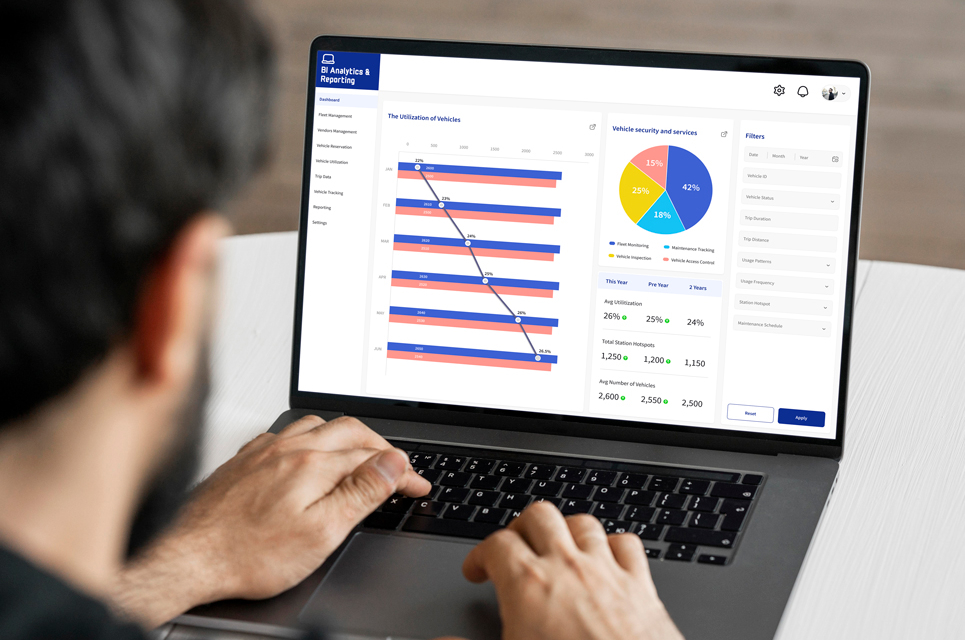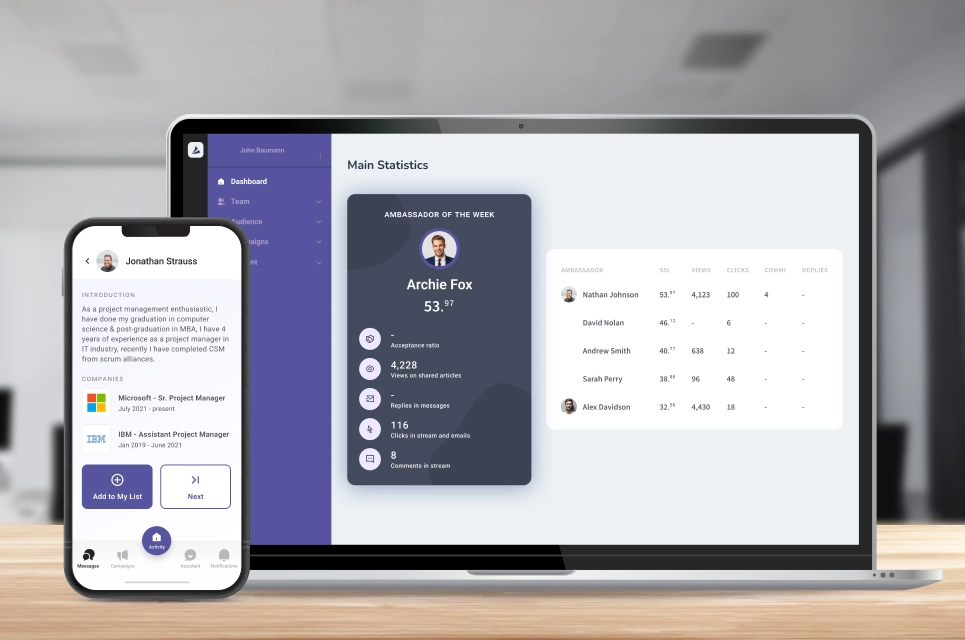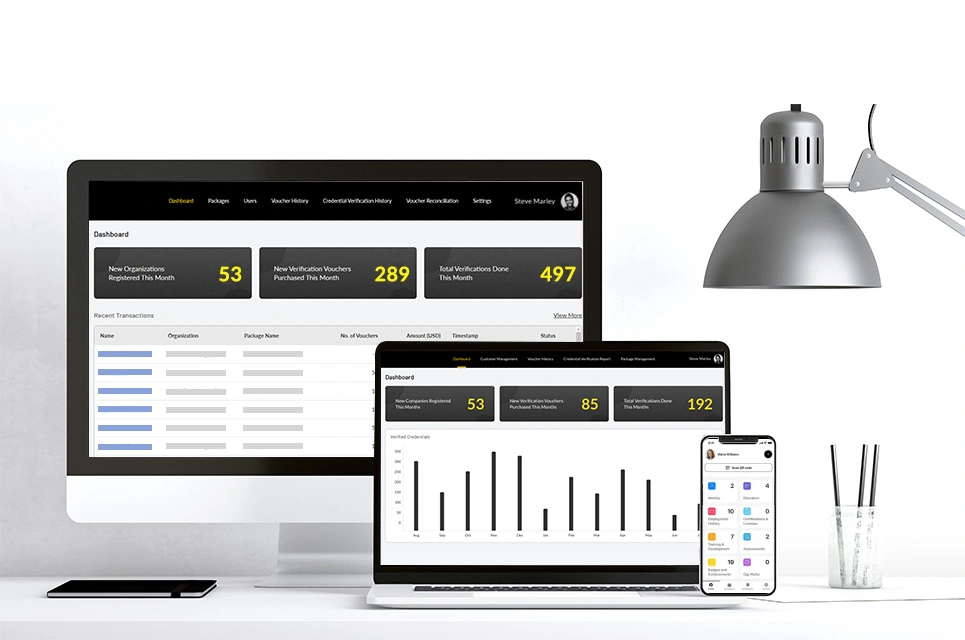Data Engineering Services
We engineer robust data foundations for AI and advanced analytics with scalable ETL pipelines and cloud data lakes. Leveraging automated workflows, real-time data processing, and seamless integration with platforms like AWS Redshift, BigQuery, and Snowflake, we ensure high availability and analytics-ready data.

The Impact of Data Engineering on Modern Enterprises
With Ease
Strategic Decisions
Our Data Service Suite
The Role of DataOps: Delivering High-Quality Data at Scale
Data challenges slowing you down? Let’s build a scalable solution—get your tailored cost and time estimate now!

Top Use Cases: How Data Engineering Powers Real-World Innovation
A leading e-commerce platform processes millions of user interactions daily. By implementing automated ETL pipelines, they prepare structured datasets for AI-driven recommendation engines, boosting conversion rates.
A multinational retail chain consolidates sales, inventory, and customer data from multiple stores into Snowflake. With optimized querying and visualization tools, they gain real-time insights into product demand, reducing stockouts and excess inventory.
A hospital network integrates patient records from disparate sources using Apache Spark and Airflow. This unified view enables doctors to access real-time patient histories, improving diagnosis accuracy and treatment plans.
A city’s traffic management system uses real-time streaming data from IoT sensors and CCTV cameras. Data engineering pipelines process this information to optimize traffic lights, reducing congestion and improving urban mobility.
How Data Powers Agentic AI
Data is the lifeblood of Agentic AI, enabling real-time decision-making, continuous learning, and adaptive intelligence.
Technologies: The Engine Room
We constantly dig deeper into new technologies and push the boundaries of old technologies, with just one goal - client value realization.











Data Engineering Support: From Success to Beyond
After your data engineering and ETL solutions are in place, our support team becomes your go-to partner for seamless operations and innovation.
- Support for scaling data infrastructure/pipelines as data volumes grow.
- Assistance with integrating new data sources into existing pipelines.
- Strategies and support for data recovery and system restoration.
- Configurable alerts for monitoring pipeline health, data anomalies.


The Spirit Behind Engineering Excellence
Frequently Asked Questions (FAQ's)
Data engineering is the process of designing, building, and maintaining systems that enable efficient data collection, storage, and processing. It ensures data is reliable, accessible, and structured for analytics, AI, and business intelligence. Without proper data engineering, organizations struggle with inconsistent, slow, or unusable data.
Data engineering focuses on building the infrastructure and pipelines that enable data storage, transformation, and movement, ensuring data is high-quality and ready for analysis. Data science, on the other hand, involves analyzing that data using statistical methods, machine learning, and AI to derive insights and predictions. Simply put, data engineering prepares the data, while data science interprets it.
A modern data pipeline includes data ingestion (APIs, streaming, batch processing), data storage (data lakes, warehouses like Snowflake, BigQuery), data transformation (ETL/ELT using Spark, dbt, SQL), and data orchestration (Apache Airflow, Prefect). These components work together to ensure seamless data flow from source to insights.
Best practices include implementing data validation rules, schema enforcement, anomaly detection, and data lineage tracking. Techniques like deduplication, missing value handling, and automated alerts help maintain clean and reliable datasets for analytics and AI applications.
Real-time analytics relies on data streaming technologies like Apache Kafka, AWS Kinesis, and Google Pub/Sub. These tools enable continuous data ingestion, allowing businesses to monitor events, detect patterns, and make instant data-driven decisions without delays.
Modern data engineering relies on distributed computing frameworks like Apache Spark and Hadoop for large-scale data processing. Cloud data warehouses (Snowflake, BigQuery, Redshift) store and analyze structured data, while data lakes (AWS S3, Azure Data Lake) handle raw, unstructured data. ETL/ELT tools like dbt, Apache NiFi, and Talend enable efficient data transformation, and orchestration tools (Apache Airflow, Prefect) automate workflows.
ETL (Extract, Transform, Load) processes data before storing it in a data warehouse, ensuring only cleaned, structured data is ingested. ELT (Extract, Load, Transform) loads raw data into cloud storage first and processes it later, leveraging the power of modern cloud-based compute engines like BigQuery and Snowflake. ELT is preferred for scalability and AI-driven analytics, while ETL is better for structured data workflows.
Schema evolution is managed using schema registries (Apache Avro, Protobuf, JSON Schema) and tools like Delta Lake or Apache Iceberg, which allow versioning and metadata tracking. Techniques like backfilling, data partitioning, and late-binding transformations ensure systems can adapt without breaking downstream pipelines.
Real-time processing uses streaming technologies like Apache Kafka, Apache Flink, and AWS Kinesis to ingest and process data continuously. It’s crucial for fraud detection, predictive maintenance, IoT analytics, and stock market monitoring, where instant decision-making is required. Batch processing, on the other hand, is better suited for scheduled reporting and historical data analysis.
AI models rely on well-engineered data pipelines for data preprocessing, feature engineering, and model training. Tools like Feature Stores (Feast, Vertex AI) manage reusable ML features, while vector databases (FAISS, Pinecone) handle high-dimensional search for AI-driven applications like chatbots and recommendation systems. Without strong data engineering, AI models suffer from inconsistent data quality and pipeline failures.
Yes, MLOps can be implemented in on-premise environments using containerization (Docker), orchestration (Kubernetes), and CI/CD tools. Hybrid and multi-cloud architectures are also common to balance cost, security, and performance.
Costs vary based on factors like cloud storage (AWS, Azure, GCP), data processing needs, infrastructure complexity, and automation levels. While upfront investments are required, efficient data engineering reduces long-term costs by improving operational efficiency and enabling AI-driven automation.
Migrating from legacy systems involves data assessment, cloud adoption (Snowflake, BigQuery, Redshift), and implementing scalable ETL processes. Businesses should prioritize data governance, automate workflows, and ensure compatibility with AI and analytics tools for long-term success.
















 Real-Time & Batch Data Ingestion
Real-Time & Batch Data Ingestion
























